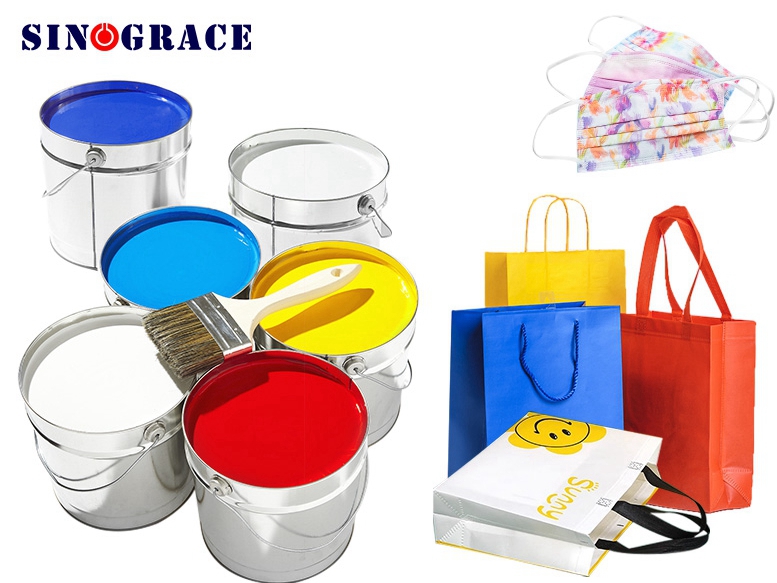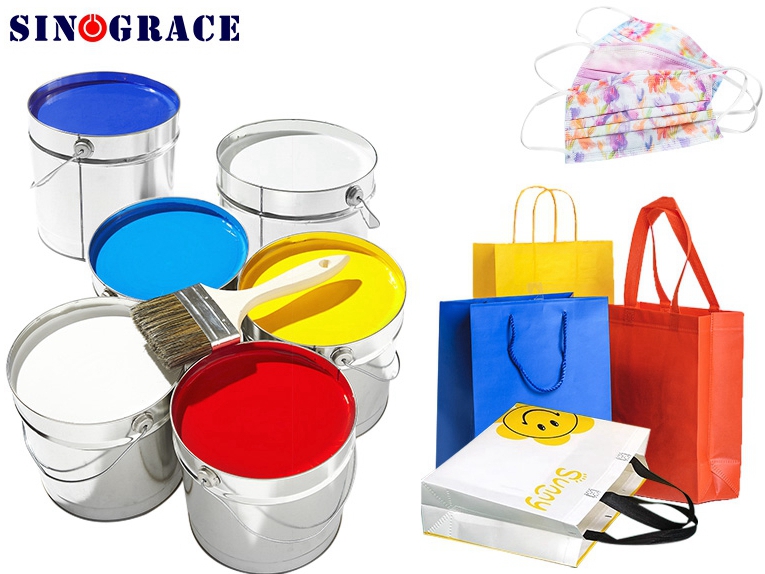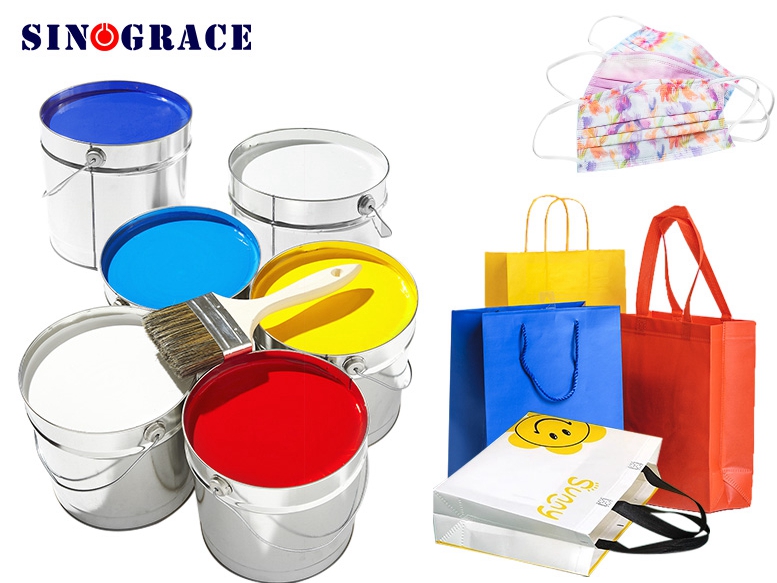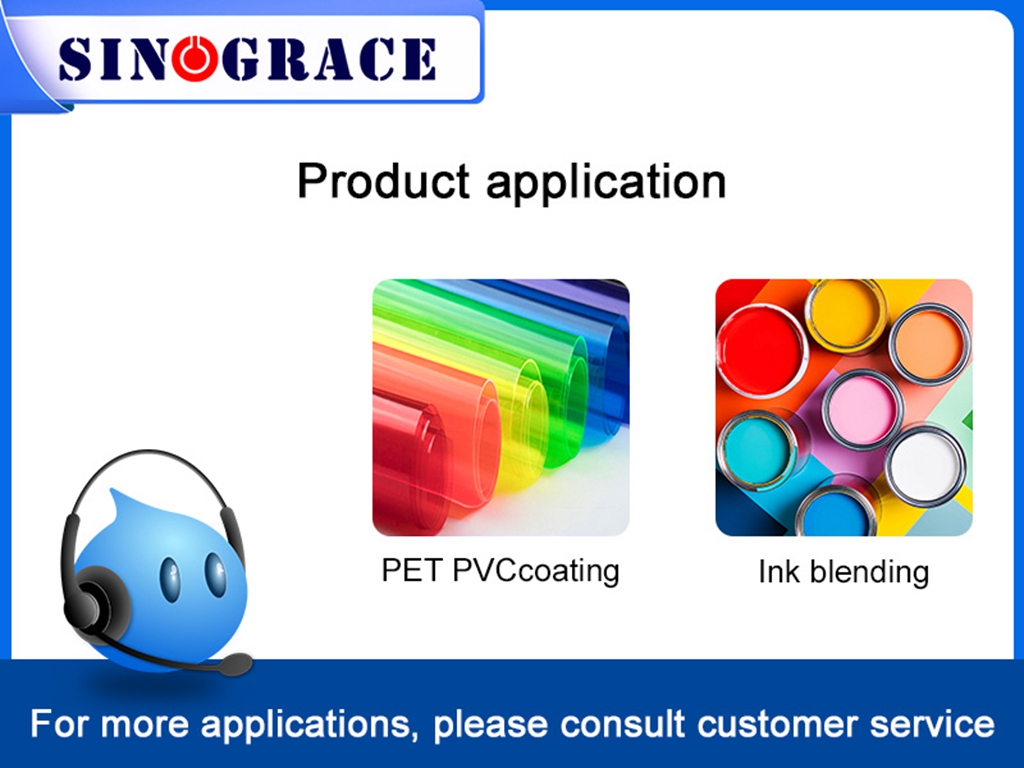Screen printing ink in the use of four major failures and elimination methods
In order to prevent ink delamination and pigment precipitation, users must be fully stirred before printing. The following summarizes the faults and elimination methods of screen printing ink in use for your reference. 1.Poor adhesion: the reason is improper selection of ink, insufficient pre-press treatment, impurities in the substrate, insufficient drying temperature, insufficient time, improper dosage of additives, curing agent, drying agent, two-component ink color overlay printing background color curing hard. Because PE, PP, PET, aluminum foil and other materials have very low chemical polarity or are too smooth, they are generally treated with electric spark, flame, and strong acid immersion to improve the surface tension of the printed surface. After the base color table is dry, it can be printed. 2.Pinhole: The reason is that the substrate is too smooth, the printing surface has grease or impurities, and the ink itself is poor, so the surface of the substrate must be pre-press treatment, adding leveling agent or replacing excellent ink. 3.Drawing: The reason is that the viscosity is too high, the drying is too fast, and the resin used in the ink is not properly matched with the solvent. Appropriate solvents should be used, appropriate viscosity should be adjusted or good ink should be replaced. 4.White or foggy printing surface: the reason is that the diluent contains water, the printing environment air temperature is high, or the printing ink itself is poor. Because when the printing surface is dry, the solvent volatilization will absorb the surrounding heat, resulting in local water vapor solidification in the ink film or the surface causing white atomization, so you should choose the appropriate drying speed or reduce the space temperature, or replace the excellent ink.
read more

 English
English français
français русский
русский español
español العربية
العربية








